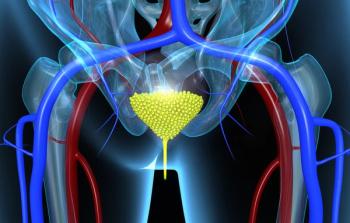
- ONCOLOGY Vol 15 No 10
- Volume 15
- Issue 10
Physician Fee Cuts Also a Possibility
As if the prospective Medicare cuts in payments for outpatient chemotherapy drugs were not troubling enough, there is another dark Medicare cloud. The American Medical Association (AMA) is predicting that Medicare may also cut physician
As if the prospective Medicare cuts in payments for outpatient chemotherapydrugs were not troubling enough, there is another dark Medicare cloud. TheAmerican Medical Association (AMA) is predicting that Medicare may also cutphysician fees across the board in 2002. A decision on that will not be madeuntil November, when the CMS presents final numbers for the Medicare EconomicIndex (MEI), an inflation adjustment, and the Sustainable Growth Rate (SGR),which describes how much under or over a preset target physicians’ bills toMedicare were in a given year.
If physicians keep their billing below theincrease in the gross domestic product, then the MEI is increased, leading to ahigher fee "update." In the opposite scenario, the MEI is decreased.Based on preliminary forecasts, the AMA believes that physician fees could becut 2% to 3% in 2002. (That would be after increases of 5.4% and 4.5% in 2000and 2001.) The AMA is trying to get the CMS to make some administrative changesin the way the MEI and SGR are calculatedchanges that perhaps would result ina zero change in 2002. But in a letter to medical specialty societies, RobertGilmore, MD, an AMA official, said, "I cannot overemphasize how difficultthis battle could be."
Articles in this issue
about 24 years ago
Advances in Cancer Research, Volume 79about 24 years ago
Oncology Groups Protest Prospective Cut in Chemotherapy Reimbursementabout 24 years ago
Testing Cancer Drugs in Childrenabout 24 years ago
Ibandronate vs Pamidronate in the Treatment of Malignant Hypercalcemiaabout 24 years ago
Chemotherapy for Resectable and Advanced Pancreatic CancerNewsletter
Stay up to date on recent advances in the multidisciplinary approach to cancer.






















































































